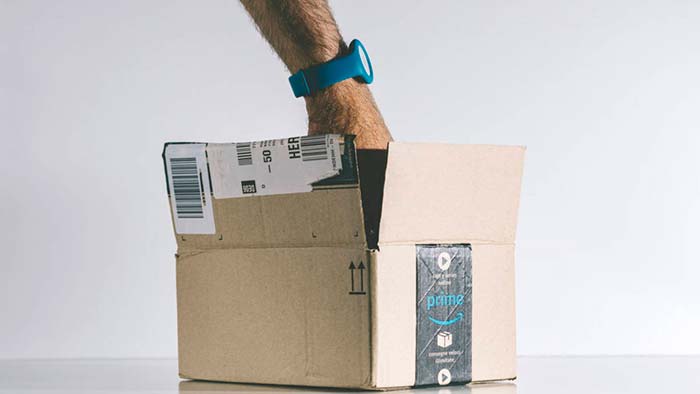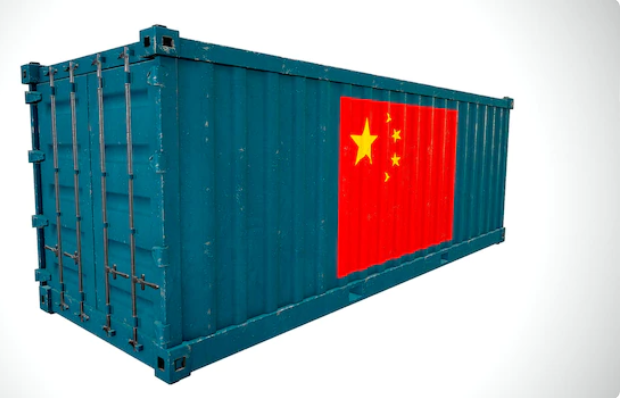
In our previous article, we identified the main mistakes to avoid when selecting a manufacturer in China. Mistakes generally occur because importers make decisions based on their emotions and how a salesperson made them ‘feel’, rather than tangible evidence of a factory’s quality, export experience, production capacity, internal quality control systems, documentation etc.
In this article, we will go through 6 crucial steps that importers should take to ensure they pick the right supplier. Before we get to that, let’s have quick look at the benefits of careful factory selection:
- Greater control over your supply chain
- IP protection is made easier
- Less chance that the factory will collapse from unpaid debt obligations
- Greater confidence in product quality
- Legal recourse if a problem arises
- Less chance of receiving defective product
- Quicker lead times
- Supplier reliability
- Better communication and service
Step 1: Know your product
If you don’t know the specifications (input materials, dimensions, components, packaging requirements), the compliance requirements to sell into your country, along with the quality demands of your market, then it is very hard to determine which manufacturer is right for you. Price should never be your only concern!
Step 2: Research
Trade websites such as Alibaba.com and MadeinChina.com are a great tool for finding factories. However, many professional manufacturers will not advertise through these portals and are instead found through Google, Baidu (the Chinese equivalent) or through industry specific trade shows. Keep up to date as to when and where specific trade shows are held, both in China and in your own country.
Step 3: RFQ
Sending out a request for quote is important as it allows you to gather information about a factory and their capabilities, along with their price levels. It’s also an opportunity for yourself to demonstrate that you are a serious buyer that will bring the factory good business over the long term.
Step 4: Vetting suppliers based on
Communication, location, size of the factory, specialisation, export experience, legitimate operating entity, and the level of interest.
Communication: can you communicate efficiently with the manufacturer? Are they prompt in replying to your calls and email? Are they ok discussing specifications in detail?
Location: factory location will have a bearing on lead times. It will also impact prices through labour costs, access to raw materials, rent etc. Avoid companies that don’t provide the location of their production facility as they are probably a trading agent or middleman.
See the key differences between trading companies and manufacturers.
Size: typically you want to represent 5-30% of the factory’s business during that period. Anything less and you won’t be a priority for the factory and you’ll have limited leverage with price negotiations. It’s also worthwhile investigating the operation size, production capacity, equipment, and staffing.
What they specialise in: China’s manufacturing sector is highly competitive. As such, Chinese factories are forced to specialise in production to maximise efficiency. I’d be wary of purchasing from a manufacturer who claims to manufacture a wide range of products. They are probably a trading company. What markets they sell into: if your product must comply with strict national standards, it is wise to choose a factory that has experience manufacturing that product for sale into your market.
Legitimate operating entity: check the ownership papers of the factory. Also, depending on the value of your order, auditing the factory can be worthwhile.
Level of interest: sometimes good factories have no interest working with you. There’s no point pushing.
Step 5: Ask for samples
Request that the supplier sends samples of the product. For off-the-shelf products, the samples should closely match the specifications you supplied to the factory. If the factory can’t match your samples, then unless you are willing to spend time and money on re-tooling and product development, the factory is probably unsuitable.
*it is common to have samples redone and redeveloped in order to reach your desired outcome. Don’t write-off a factory too quickly if the first sample is not perfect.
Step 6: Visit the factory
This is by far the best way to determine if the factory is suitable. By visiting the factory you can eyeball the equipment, the factory’s capacity, the quality of the factory workers, the sample room and the factor’s internal quality control systems. It also allows you to negotiate pricing directly with the factory boss.





